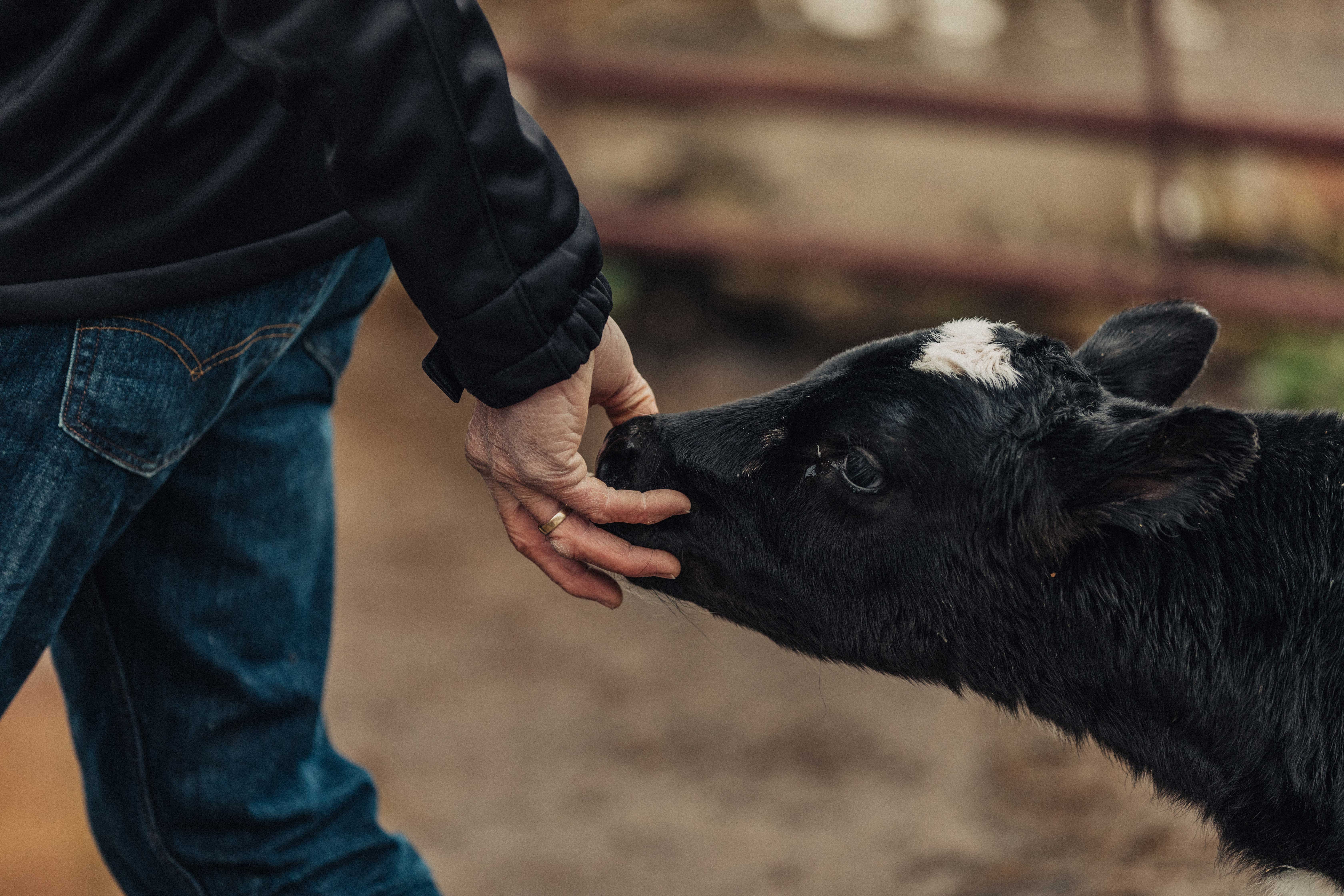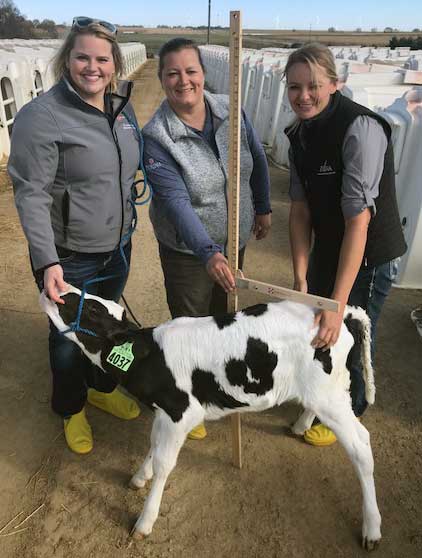Researched-backed calf nutrition: How our milk replacer innovations optimize calf care
For the past 70 years, Land O’Lakes scientists have conducted studies designed to optimize the quality and efficacy of our milk replacers

In 1951, Land O’Lakes, Inc. came out with the first nationally branded milk replacer category, after two years of rigorous research. Today, the newly named Land O’Lakes Animal Milk Solutions (AMS) division (formerly Animal Milk Products Company) is one of three business units in the co-op’s Milk Replacer Enterprise. Calva Products, LLC, a branded milk replacer that’s sold to large dairies and calf ranches in the Western U.S., and Milk Products, LLC, a private label business serving large national or regional feed companies and farm stores companies round out the business.
For the past 70 years, Land O’Lakes scientists have conducted studies designed to optimize the quality and efficacy of our milk replacers (which are essentially formula for animals) while rolling out expanded offerings for lambs, kids, pigs and foals, all with one primary goal: providing top-quality early life nutrition to help animals thrive.
 “We’re all about the calf,” says Kevin Hoepker, general manager of Land O’Lakes’ Milk Replacer Enterprise. Although his business might be complicated, he sees his mission as simple. “It’s about doing what’s best for the calf from day one. If you start her off right she will grow into a healthy, well-producing cow."
“We’re all about the calf,” says Kevin Hoepker, general manager of Land O’Lakes’ Milk Replacer Enterprise. Although his business might be complicated, he sees his mission as simple. “It’s about doing what’s best for the calf from day one. If you start her off right she will grow into a healthy, well-producing cow."
Technology that emerged in the late ‘80s and early ‘90s helped pave the way for optimized calf nutrition. “Robotics (calf auto-feeders) have led to a wealth of valuable data that really let us optimize the formulas,” explains Hoepker. “Rather than waiting for a calf to spike a fever or go off feed because they’re ill, we look at how we can support calves’ feeding strategy to support overall health.”
From her experience, Dr. Jill Soderstrom, a Land O’Lakes milk replacer solution specialist who works in the field, agrees that there are exciting benefits of feeding technologies like auto-feeders. She also underscores the importance both quality and quantity play in in nutrition. Her guiding philosophy for calf care? “Feed your calves!”
She adds, “It may sound silly, but many calves are still fed just above their maintenance requirements. This leaves them more susceptible to illness and less likely to grow and perform at their full potential. When calves are fed at a high plane of nutrition, they are healthy, grow efficiently and produce at a top level as cows.” This feeding approach, she says, benefits the calf and the producer. In the long term, dairy cows that are fed milk replacers as calves can yield substantial volumes of milk.
Land O’Lakes continues to innovate in the milk replacer category. In late 2018, the Animal Milk Products group (since renamed as AMS) enhanced its Cow's Match® and Amplifier® Max calf milk replacers to include an exclusive active microbial component. This new technology resulted from three years of research that suggests a particular strain of probiotics supports a healthy gut microbiome in dairy calves, helping calves break down nutrients and supporting immune responses.
As Dr. Soderstrom notes, proactive care is becoming more and more important. “Our industry has been moving away from the use of antibiotics and toward additives like prebiotics and probiotics that help support the animal’s health. It has been fantastic to see how well calves can thrive and perform using these additives.”
Land O’Lakes’ research-backed products offer all-in-one convenience for farmers — and address a market need. As it turns out, many producers were adding probiotics to milk replacers on their own.
Hoepker says similarly enhanced products will likely be an area for strategic growth. “We’ll continue to do what’s right for the calf and use feeding programs proactively. The industry has traditionally been reactive, then used antibiotics to treat.”
Dr. Soderstrom agrees. “When you look at human health research, it seems like every day they are finding more ways that the gut microbiota is related to a variety of health conditions. I think we have only discovered the tip of the iceberg so far.”